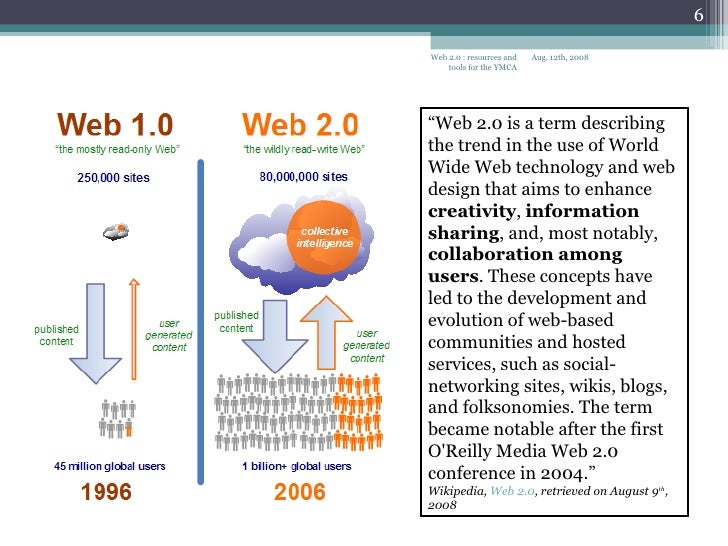According to Sharma (2018), the
web-user considered the web-king and the web-user can create content information
on the web very conveniently. Unlike the web page, the Web 2.0 tool allows the
web-user to rate or tag the web content information. Also, Web 2.0 has transported
a merging of a broader range of diverse systems at one place. For example, an occurrence
of a multiple of systems editing, collaboration, image sharing, and
participating in other Web 2.0 tool service in one place or space at the same time.
Likewise, Web 2.0 social milieu of
the content-information is different from the web page because people and communities are now producing content-information
and services to meet their needs and
goals. People with similar interests have come closer now (Sharma, 2018).
As a Web 2.0 advocate and web-user, Ms. Da Silva Beharry's desire to a creative thinker, reflective learner, team worker,
self-manager, effective participator, and independent enquirer align with American
College of Education (2018) Module 2 Learning Objectives. Unlike the web page,
the Web 2.0 tool allows the web-users,
including teachers, students, and communities to read, write, and share
information simultaneously. In this
regard, unlike the web page, the Web 2.0 has taken the educational delivery to
the next level of advancement where the content-information created by online-collaboration.
Thus the Web 2.0-Innovative-Platform fundamental
toward allowing users to become creative-thinkers that collaborate, converse
or share concepts (Deepak Kumar & Shiva
Kanaujia, 2013).


No comments:
Post a Comment